Agronomic Insights

In the northern region, 2022 is shaping up to be another good winter crop season. Soil moisture profiles are full, and the rainfall outlook appears to be positive. However, soil-nitrogen levels are low. A tailored nitrogen strategy will be needed to optimise grain yield and returns.
Bede O’Mara & David McRae
IPF Technical Agronomists
This year, growers and agronomists will need to make sure growing crops have an adequate supply of nitrogen (N). This means balancing N application rates with application timings and placement methods.
Nitrogen prices are high but fortunately grain prices are high as well. This combination means fertiliser is still a good investment. A similar quantity of grain is required to cover the investment in nitrogen and phosphorus when compared to the combination of low fertiliser and grain prices.
Nitrogen Removal or Loss
This year, soil-nitrogen results (0-90 cm) of 30-50 kg/ha are common, which is very low and much lower than two years ago. There are two main reasons for this.
Firstly, two years of high yielding crops has resulted in a large amount of nitrogen exported in the grain. Nitrogen removal in grain varies greatly as can be seen in Table 1.
The best way to understand what is happening in your enterprise is to collect grain samples at harvest and submit them for grain analysis testing.
| Nutrient | Canola grain (6% moisture) | Wheat grain (12% moisture) |
|---|---|---|
| N kg/t | 32.9 – 35.3 | 15.5 – 20.8 |
| P kg/t | 4.3 – 5.4 | 2.1 – 2.3 |
| K kg/t | 6.5 – 7.7 | 3.1 – 3.4 |
| S kg/t | 4.0 – 4.1 | 1.3 – 1.5 |
| Zn g/t | 43.5 – 44.8 | 18 – 31 |
| Cu g/t | 2.7 – 3.0 | 2.6 – 3.1 |
Secondly, this year, many soils have been flooded or had prolonged periods of saturation. Normally we would expect nitrogen applications on medium to heavy-textured soils to contribute to the N supply in subsequent years (Bell et al 2022).
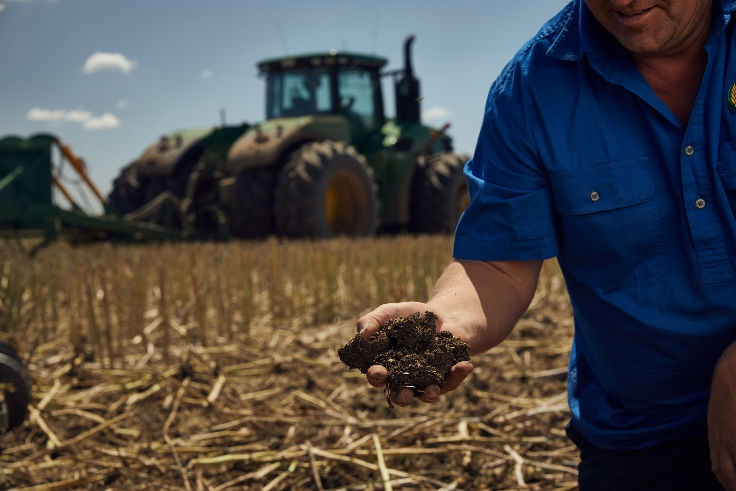
However, this year, a considerable amount of residual nitrate-N is likely to have been lost due to denitrification. Relying on maintaining a neutral to slightly positive N balance this season may result in yields being limited by N. The status quo has changed, and the system needs to be checked.
Soil Sampling for Nitrogen
Soil sampling using the Nutrient Advantage® laboratory is an effective way to quantify how much nitrogen is in the soil profile. Deep soil samples should be segmented (split) into different sections i.e., 0-10 cm, 10-30 cm, 30-60 cm and 60-90 cm. This detail will help you determine where the N is and when it may be available to the crop. Segmented profile sampling can also be used to check sulphate sulfur, chloride and EC levels.
If it was not possible to test before planting, you can still sample early in-crop. You will still have time to formulate and enact your N program. Make sure you avoid any areas where N has already been applied, banded or spread. If you don’t, the results will overestimate available soil-N. The samples need to be logged as “Deep N” so the NA Pro software can account for the N already taken up by the crop at the stage of collection.
Distribution of Nitrogen
The location of nitrogen in the soil profile has a large influence on plant uptake. To optimise uptake, the nitrogen needs to be colocated with soil moisture and actively growing roots. Plant root volume varies with soil depth (Figure 1) but generally most roots are found in the top 60 cm. For greatest uptake efficiency, N should be dispersed through the top 60 cm of soil. In wetter seasons with continual re-wetting of the topsoil or under irrigation, N located in the top of the soil profile is very available for crop uptake. However, in drier seasons, N stratified in a dry soil band in the top 10 cm or N located below 70-90 cm will have low uptake (Daniel et al, 2019).
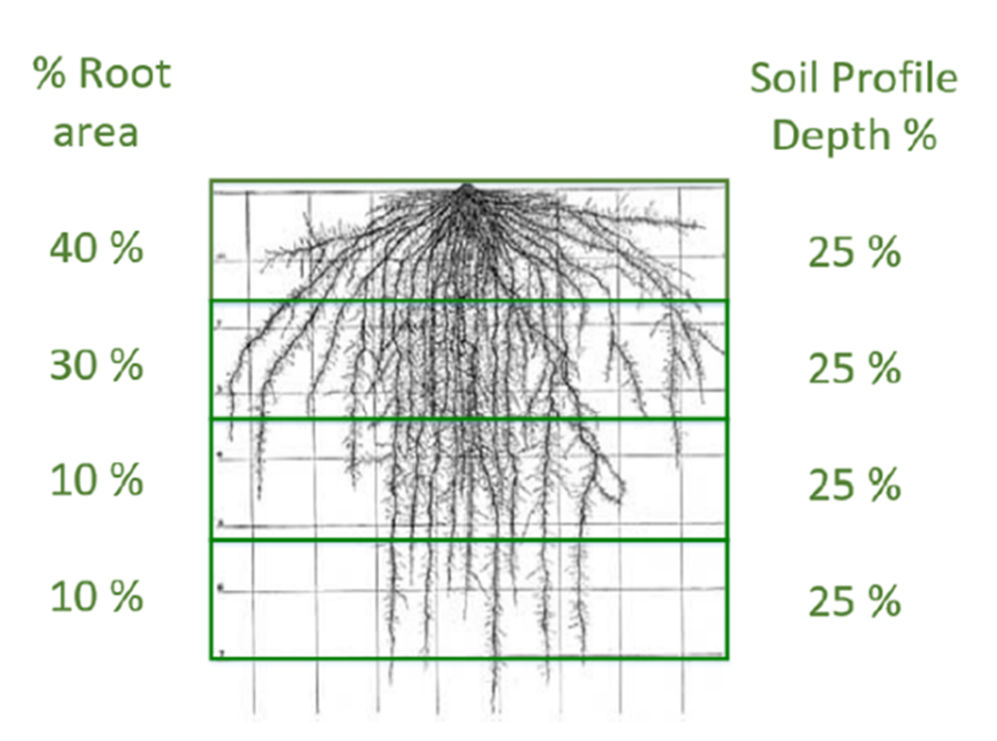
Figure 1: Illustrated plant root volume with increasing rooting depth.
Nitrogen Rate
The N rate is determined by yield and protein expectations, the efficiency of plant N uptake from the soil, and the efficiency that plant N is transferred to the grain. Table 2 outlines likely total crop nitrogen requirements for wheat at various yield and protein levels.
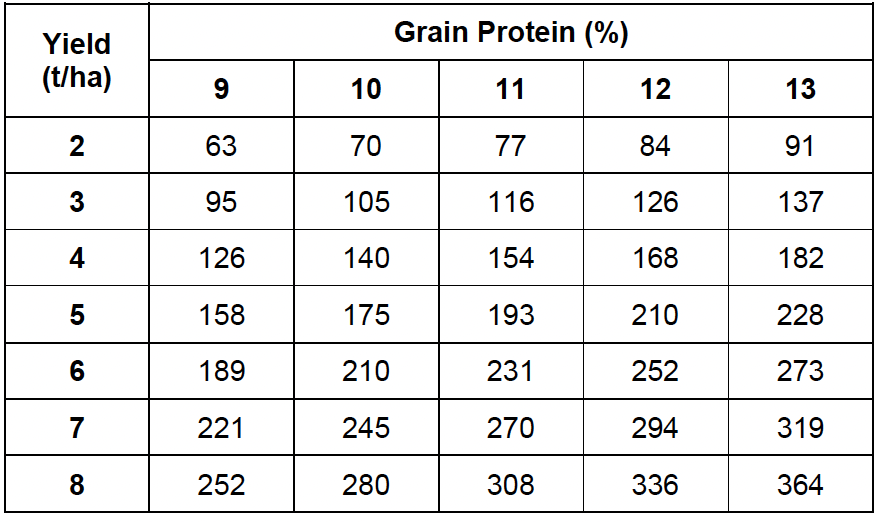
Application Timing
Actively growing crops need an adequate supply of N to support plant growth. N application timing becomes critical when residual soil-N levels are low. If sufficient N is not available by key growth stages (Figure 2), yield reductions are common.
However, we know less pre-plant N was applied before this winter crop. So, more N will have to be top-dressed this season than in a “normal” season. Ideally, 40-50% of the planned N should be applied before tillering. This will support early crop development (tiller development, root growth and yield potential).
Ideally, this needs to be timed before rain as it needs to be moved into the root zone to allow plant uptake. The remainder can be timed around late tillering to early stem elongation.
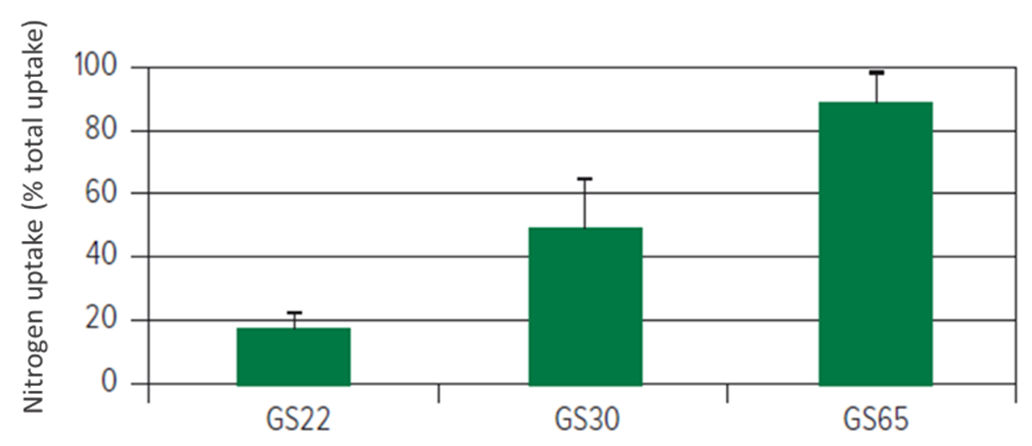
Figure 2: Variation in nitrogen uptake at three different growth stages. Source: GRDC – A nitrogen reference manual for the southern cropping region, February 2020.
Right Place and Product
Spreading urea or banding Easy N® onto the soil surface before rainfall is an effective method of supplying N but there is a risk of losses, mostly via volatilisation.
In cooler months the magnitude of potential losses is quite low. Schwenke et al (2014) measured the volatilisation losses as a percentage of the total N applied and found losses were higher in late autumn/early winter (~early in-crop) than in late winter (~early stem elongation):
• late autumn 3.1–19.1% (average 9.2%)
• late winter 3.1–7.6% (average 4.8%)
The safest applications are those made to dry clay soils, in nonhumid conditions with no wind and sufficient rainfall to move the urea into the soil within a few days of the application.
The cost of N losses on highly N responsive situations will be more than just the value of N. If grain yield is compromised, which is highly possible on low N soils, the outcome will be worse.
Where starting soil-N is low, the yield response from applied N fertiliser could be as much as 20 kg grain per kg N. If 9 kg/ha N is lost from an application of 100 kg/ha N, the resulting yield reduction maybe 180 kg/ha or $90/ha. Combine this with the value of the lost N ($33/ha), the reduction in income maybe $123/ha. This makes an investment in products that can reduce volatilisation an excellent return on investment. Note: assuming urea @ $1700 per tonne, wheat @ $500 per tonne.
Products like Green Urea NV® with a urease inhibitor, are worth considering for early season applications where temperatures are still warmer and ground cover is low. It is also an option for later season applications where spring temperatures and rainfall are difficult to predict. Green Urea NV delays the process of hydrolysis for up to 10 to 14 days after broadcasting, giving more time for rainfall or irrigation to incorporate the applied N.
Streaming Easy N® onto the soil surface with streamjet or streambar nozzles has also helped reduce potential N losses. Nitrogen in the concentrated bands of liquid fertiliser diffuse into the soil, allowing plant uptake and reducing potential for loss.
Fertiliser should only be applied to actively growing crops and soil which is not waterlogged. Applying nitrogen to wet and waterlogged soils is likely to lead to nitrogen losses through direct water movement and runoff or, through denitrification losses. Nitrogen and water uptake by plants is limited in these conditions anyway.
References
Daniel R, Norton R, Mitchell A, Bailey L, Kilby D, Duric B and Price L (2019). NGA’s 5 years of nitrogen research – Have we got the system right? GRDC Update Papers, GRDC, Canberra.
GRDC – A nitrogen reference manual for the southern cropping region. February 2020.
Bell L, Baird J, Lawrence D, Lester D, Gentry J, Aisthorpe D, Erbacher A, Hertel K, Anderson B (2022). Farming system nutrient legacies – impacts of N strategies on N inputs, cycling and recovery over multiple years.
Kelly R, Strong W, Jensen T, Butler D, Town B and Adams M. Recurrence of yield and protein variation in the northern grains region.
Schwenke GD, Manning W and Haigh BM (2014). Ammonia volatilisation from nitrogen fertilisers surface-applied to bare fallows, wheat crops and perennial-grass-based pastures on Vertosols. Soil Research 52, 805-821. https://www.publish.csiro.au/SR/SR14107
Further Information
For more information or to discuss strategies for topdressing winter-crop, please contact:
Bede O’Mara on 0417 896 377 or bede.omara@incitecpivot.com.au
David McRae on 0477 987 321 or david.mcrae@incitecpivot.com.au
DISCLAIMER
This is a guide only, which we hope you find useful as a general tool. While IPF has taken all reasonable care in the preparation of this guide, it should not be relied on as a substitute for tailored professional advice and IPF accepts no liability in connection with this guide. Incitec Pivot Fertilisers manufactures and sources fertilisers from other suppliers. The fertiliser supply chain extends beyond the company’s direct control, both overseas and within Australia. Incitec Pivot Fertilisers hereby expressly disclaims liability to any person, property or thing in respect of any of the consequences of anything done or omitted to be done by any person in reliance, whether wholly or in part, upon the whole or any part of the contents of this article.
You might also be interested in these
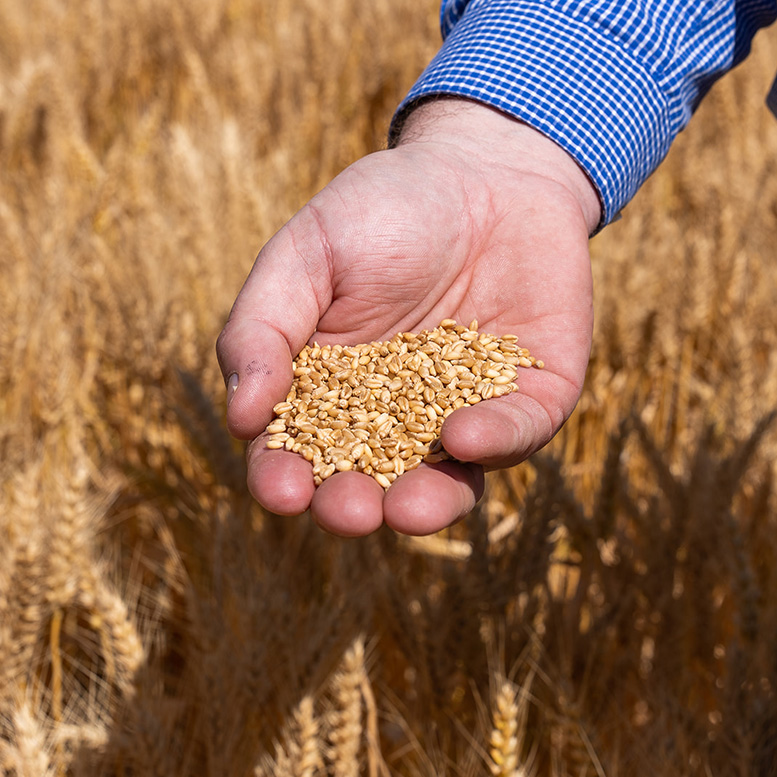
Winter Crop
Grain testing gives complete picture on nutrient levels
November / 2024
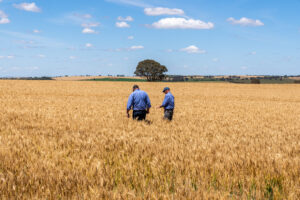
Winter Crop
Flutriafol fungicide helps tackle cereal diseases
March / 2025
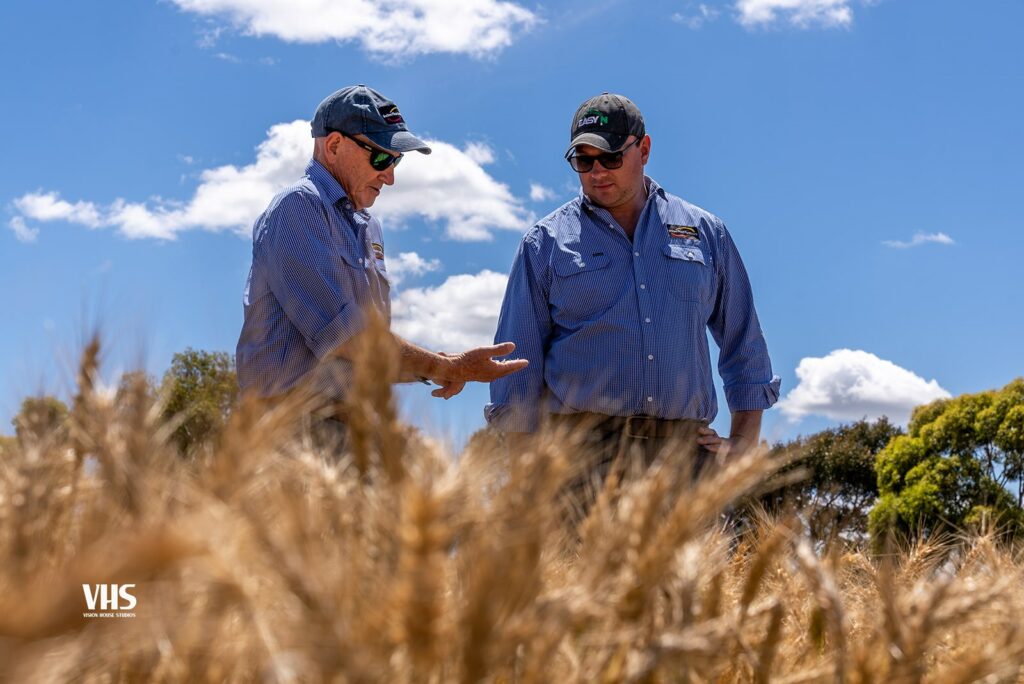
Winter Crop
Strategies for optimising nitrogen use efficiency for challenging seasons
June / 2023
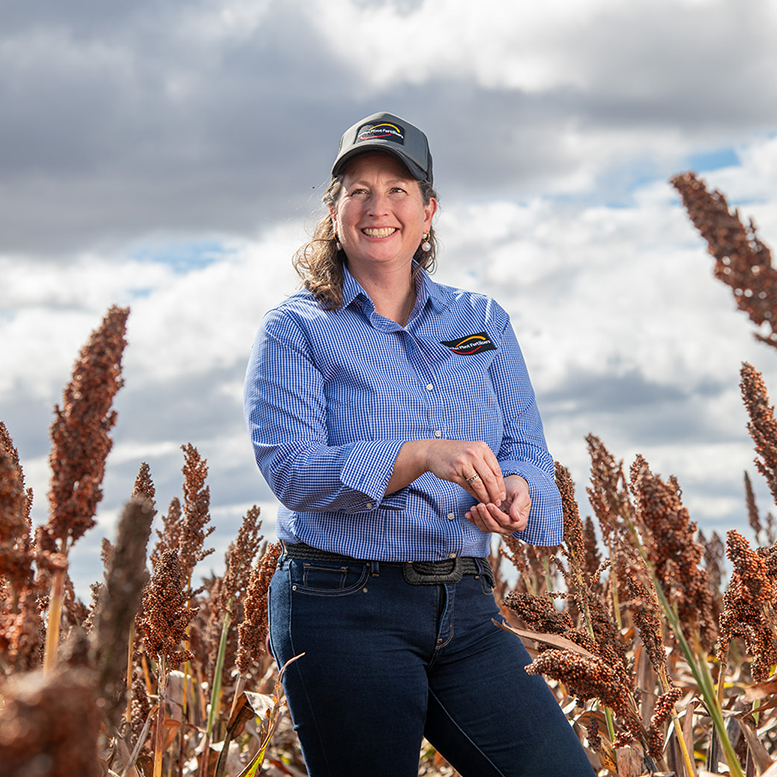
Horticulture, Pasture, Sugar, Summer Crop, Winter Crop
Get your coat on
October / 2024

